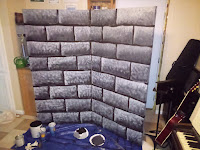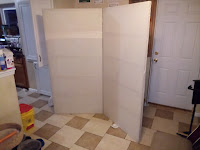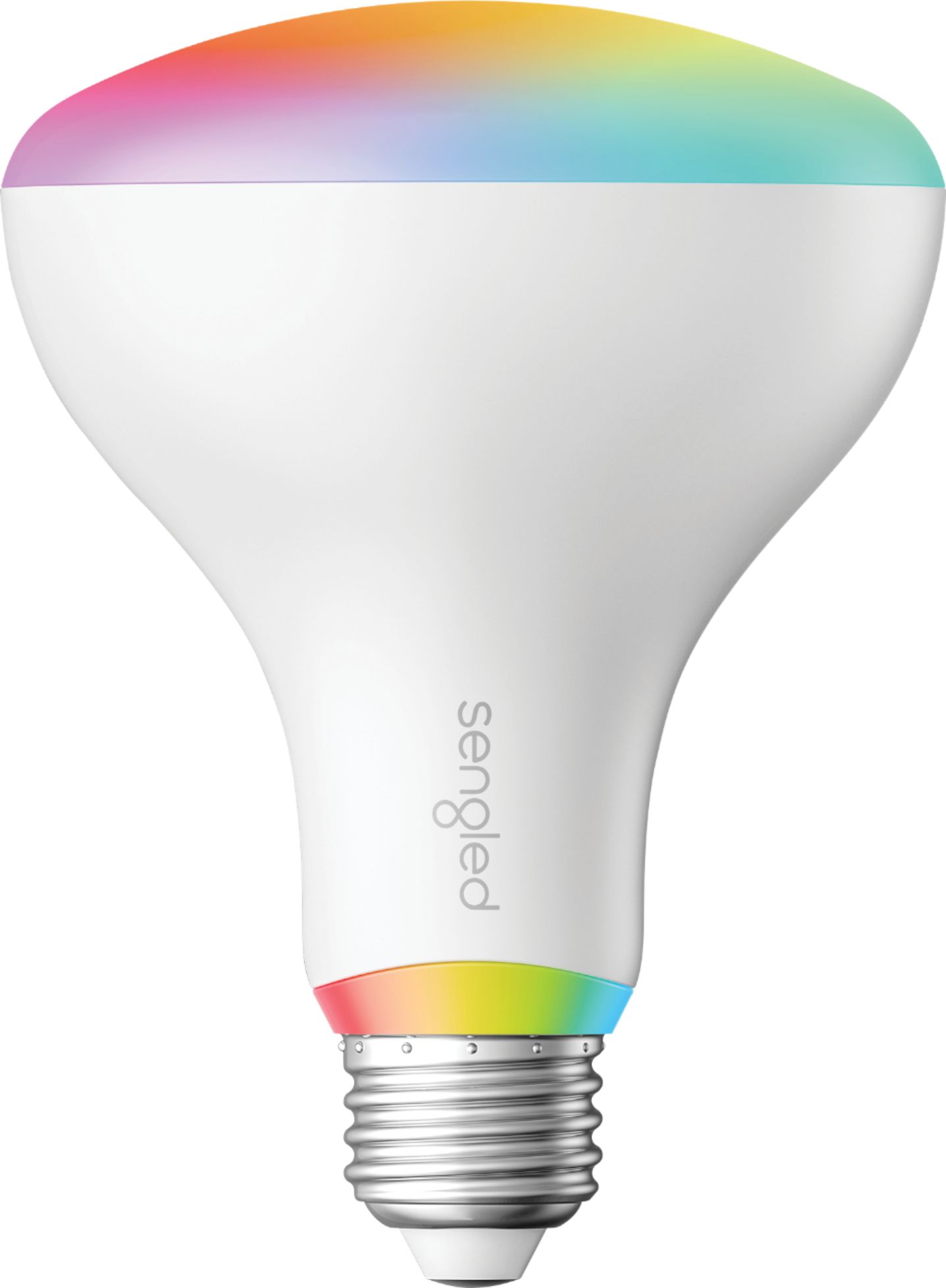Tuesday, December 28, 2021
2x4ft Mobile Platforms
Medieval Hair Dressing
One of the best ways to sell your costume is through a period hat or hair dressing.
For women, here is a quick tutorial for a simple veil:
Or for a veil and wimple, here is another video:
For men I recommend a coif or hood:
Printable Coif Pattern: (PDF)
Coif tutorial:
Hood tutorial:
Medieval Clothing Crash Course
I was browsing the web for some simple costumes for a Shakespeare production and stumbled on this video that is essentially a crash course in medieval costumes on a budget. I recommend everything this guy says, so take a look and start assembling your costume today!
Wednesday, December 22, 2021
Stone Wall Backdrop
There are two main types of flats, Broadway or canvas, and Hollywood or wood. Canvas are the most common in schools because they cost less to build and are light weight and easy to store. Wood flats are used in television and at the college level because they are sturdy, easy to configure, and if built properly can last for decades.
Here are some videos showing how to make each type of flat.
Broadway:
Hollywood:
For our stone wall project I had some old flats that needed new canvas, so that is what we will run with.
I started by removing the old muslin from the flats, then stapled the new muslin into place. Next I needed to prime the flat. Knowing that I would be painting a stone wall, I decided to prime the flats with black paint instead of the usual white. This allowed me to save time later by not needing to shade in the grout lines.Sunday, December 19, 2021
The Best No Sew Bow Tie
My oldest son has an affinity for bow ties, so we decided to make him a bow tie in his favorite color. We looked through dozens of patterns online and stumbled across this amazingly simple pattern that you can make in less than an hour once you have everything gathered.
I can't take credit for this one, but I will definitely pass this along to anyone who needs a quick and simple bow tie!
Friday, December 17, 2021
Light Positions
Knowing that the above scenario is all too common, you do still have options for lighting your show. Let's add in the additional issue of budget and say that all you have available are some clamp lights from the local hardware store and a handful of LED or CFL bulbs. What can we do to light our show?
The 45 Degree Rule
Wash vs Area
Foot Lights
Low Beam
Truss or T-stand
Corner Lighting
A Combination
Monday, December 6, 2021
Free Scripts
Lighting Kits
Budget Kit
If you are super strapped for cash, go to your local harware store and pick up some scoop lights with LED floodlight bulbs. This is about as inexpensive as you can get. Also grab some dimmer switches and extension cords for an entry level light board. I don't recommend running more than 4-5 instruments per dimmer with this set up. This solution is for small to medium stages.
Medium Kit
Same scoop lights as the Budget Kit, but this time get smart bulbs with color options and a wifi router. This will take some technical know how to set up, but the lights can be run from your phone!
Junior Pro Kit
For smaller stages, get 4 low cost LED instruments (the kind DJs use) and an inexpensive dmx controller. This will give you lots of versatility for the smallest price tag. Still requires some technical know how, but no wifi router!
Professional Kit
Get 12-16 Pro LED instruments and a dmx controller. You should be able to do whatever you need to with this kit on medium and large stages.
Platforms
The first thing you need to perform a play is an area for your actors to stand on. This is referred to as an "acting area." On a large stage you may have multiple acting areas, where on a small stage you may only have one. Each acting area needs to be lit, and dressed for the scene you will perform there.
But what if you don't have a stage at all? Say you are renting space at a community center, or you are a theater teacher and all you have is your classroom.
Never fear! In this article we will teach you how to build a simple platform that will become your acting area or mini-stage. You can tailor the dimensions and number of platforms to fit the space you have available. This design can also be used on a larger stage to help break up your acting areas. You can even stack them to create a dynamic set for your actors to perform on.
The Build
Most dimensional lumber in the USA comes in 4x8 foot dimensions, so we will use that as our template for this build. If you have a different size available, tweak the plans to fit what you have.
Standard floors have rails running under them with a skin of sheet lumber on top. These rails are usually spaced 16 inches apart. The shorter the run, the stronger these rails are. So, with that in mind we want to build our frame so it looks like this:
Build List
3ft 9in rail x 5
8 x 4ft sheet of 1/2 or thicker plywood x 1
11.5in feet x 6
This is for a single platform, if your space allows, you can make more than one and get an 8 x 8ft stage, or 4 x 16ft stage, etc... You could even add a 4 x 4ft platform to one end of your stage for an even more elevated acting space.
Curtains
There are several types of curtains used on a stage. Let's take a look at a few of them:
Main/Grand Curtain
Legs
Teaser
Runner
Tall Trees on the Cheap
Check out this awesome video on how to make awesome big trees for very little money!









